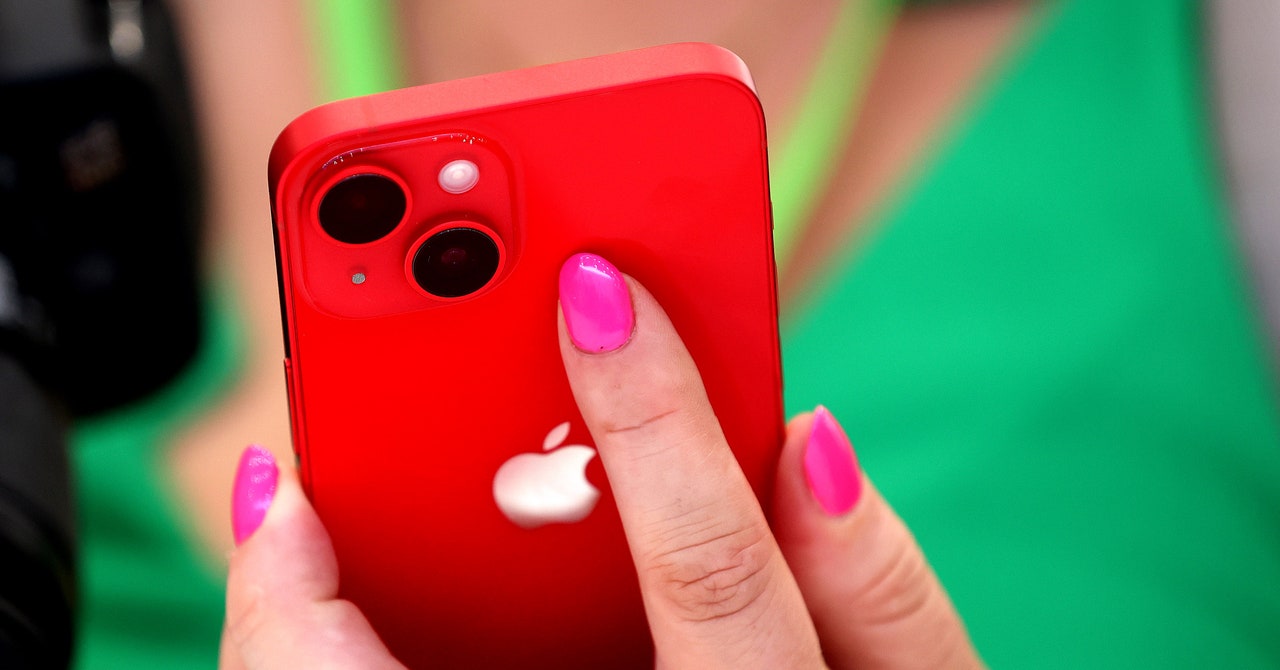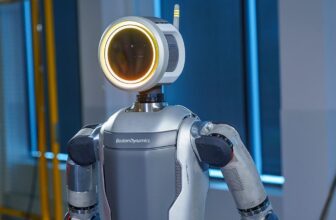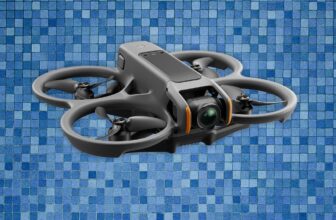
Apple at present launched a brand new instrument for iPhones to assist scale back what a thief along with your telephone and passcode can entry. The characteristic, known as Stolen System Safety, provides additional layers of safety to your iPhone when somebody tries to entry or change delicate settings in your machine. If somebody tries to entry passwords saved in Apple’s keychain, as an illustration, they received’t be capable to until in addition they use a fingerprint or the telephone’s face recognition to show they’re the respectable proprietor.
You need not look far to seek out tales of stolen phones. In London, a telephone is stolen every six minutes. Subreddits are affected by individuals having their phones snatched by thieves. In among the most excessive circumstances, crooks may also take the passcodes—forcibly, or by peering over someone’s shoulder—after which steal a telephone and unlock it. Social media accounts, passwords, and monetary knowledge can all be put in danger.
Stolen Device Protection is included with iOS 17.3, the most recent iteration of Apple’s cellular working system, which was launched at present. The characteristic ought to be excessive in your listing to allow. It higher protects your knowledge—with out you having to do something—and has the potential to disrupt thieves. The transfer from Apple, based on cybersecurity consultants, is a optimistic one and adds to the protections that already accompany passcodes.
The stolen iPhone safety is “more likely to act as one other barrier and put extra strain on thieves when concentrating on victims,” says Jake Moore, a worldwide cybersecurity adviser at safety agency Eset and a former police pc crime investigator. “Promoting telephones will all the time be massive enterprise amongst organized crime teams, however criminals will simply must work more durable on their craft now.”
If you activate Stolen System Safety, Apple places additional limits on some settings when your iPhone isn’t at a well-known location, reminiscent of your property or work. If somebody unlocks your telephone and tries to alter these settings, they’ll have to make use of Face ID or Contact ID. So if a thief has your telephone and passcode, they received’t be capable to change the settings until they’ve your biometric data too, which isn’t simple to clone and idiot the methods that energy them.
These additional checks will seem when somebody tries to entry passwords or passkeys you’ve saved in iCloud’s keychain, use fee strategies saved in Safari, flip off Misplaced Mode, erase your telephone, use your telephone within the setup of a brand new Apple machine, apply for a brand new Apple Card, view your Apple Card’s digital quantity, or switch cash with Apple Money.
There’s additionally a second layer of checks for much more delicate data. In case your telephone isn’t at a well-known location, Apple may also put in place a one-hour “safety delay” after utilizing your biometrics. When this one-hour delay is up, your biometrics are wanted once more to alter the settings. (Your iPhone will nonetheless be accessible throughout this hour.)
This hour delay applies to makes an attempt to alter your Apple ID password, signal out of Apple ID, or replace Apple ID account safety settings, reminiscent of eradicating a trusted machine. The delay can also be in place if somebody tries to take away Face ID or Contact ID accounts, change your iPhone passcode, reset your settings, disable the Discover My instrument, and switch off Stolen System Safety itself. If a thief has your telephone, there’s an opportunity they’ll need to change these settings shortly to both take over your telephone or on-line accounts, and the delay might scale back their potential to take action. Moore says the additional hour’s delay provides a “significantly appreciated layer of safety.”







